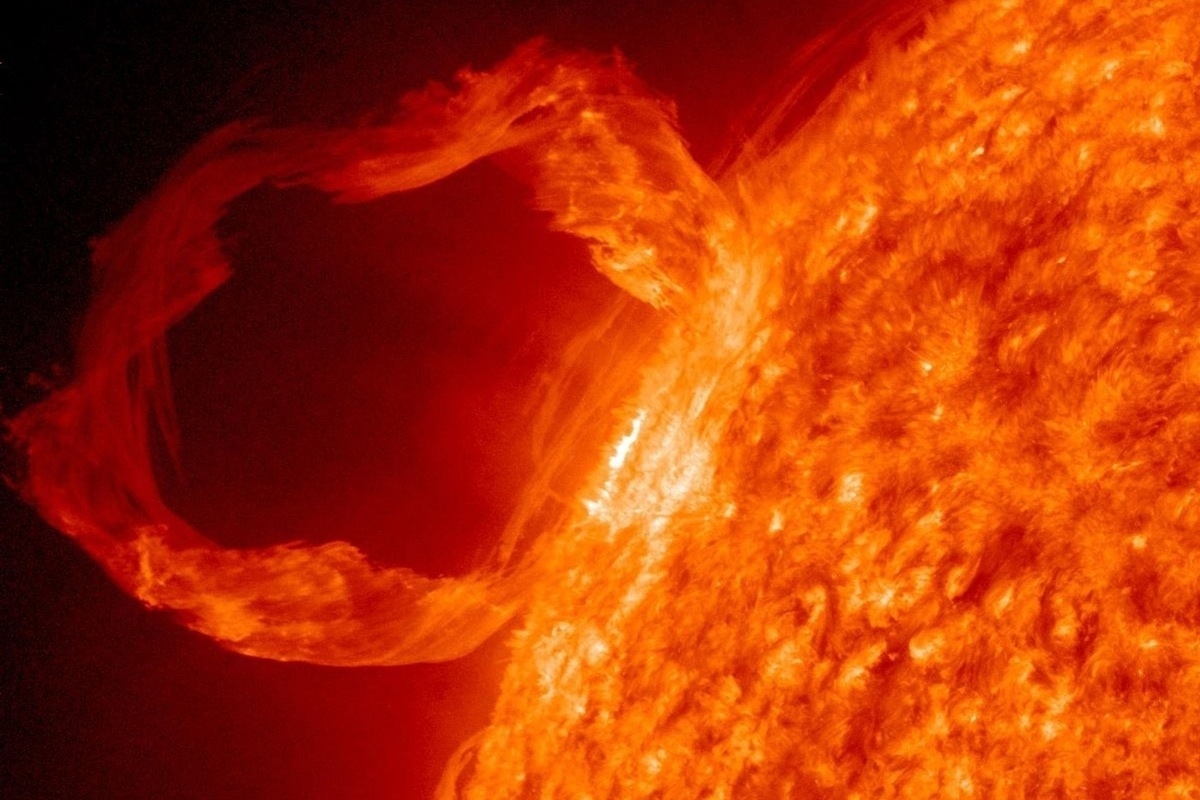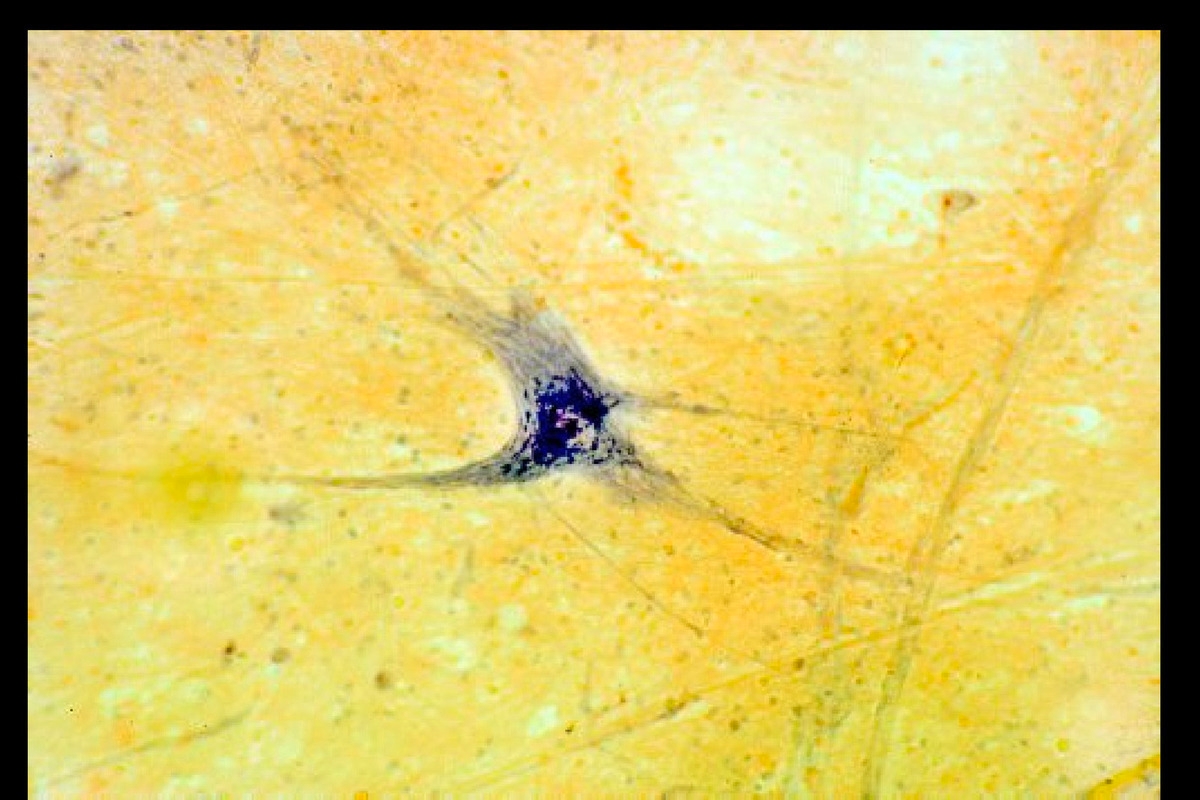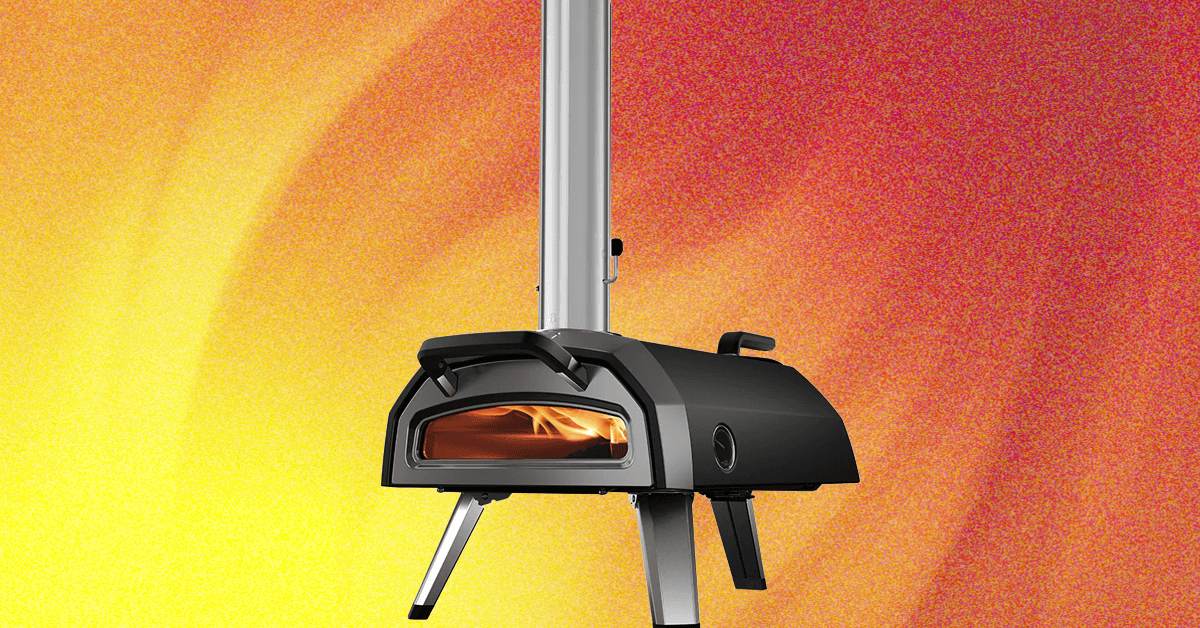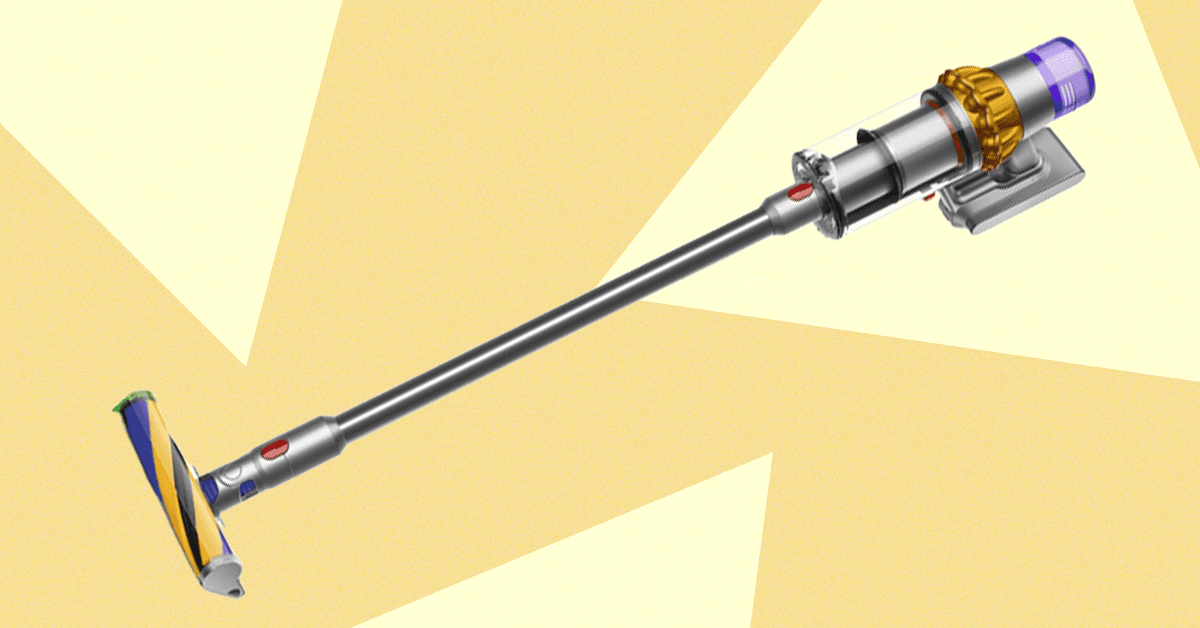The Sun's "Plasma Boa" has been defeated.
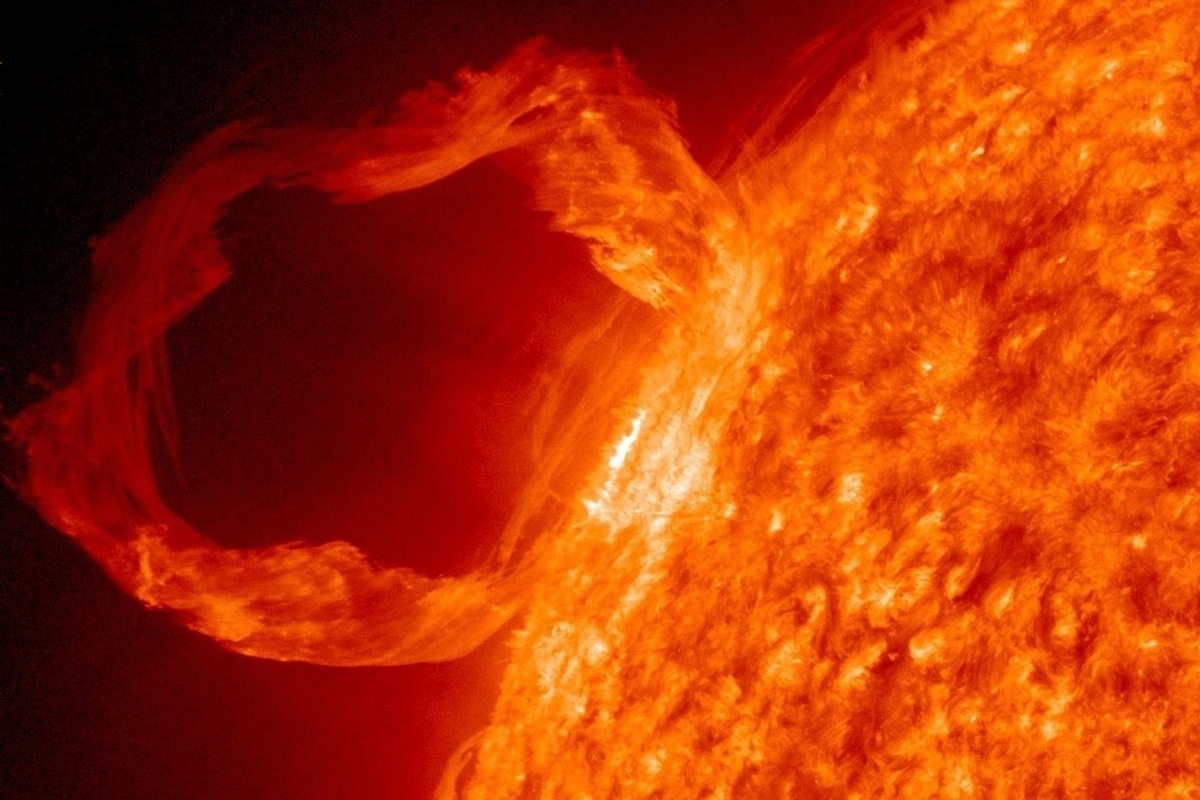
A powerful solar flare destroyed a giant prominence.
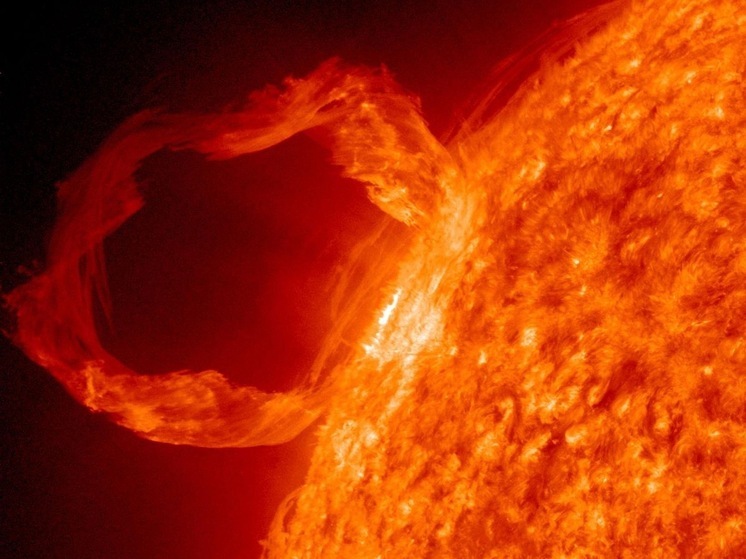
test banner under the title image
The most powerful solar flare of the past month, a class X1.79, occurred on November 9, and resulted in the destruction of a giant prominence. Visual evidence of this astronomical event, recorded in region 4274, was published by the Solar Astronomy Laboratory of the Space Research Institute (IKI) of the Russian Academy of Sciences.
The flare, recorded at 10:35 Moscow time, not only destroyed the solar prominence but also ejected significant volumes of plasma from the solar surface. Commenting on the event, scientists from the Space Research Institute of the Russian Academy of Sciences (IKI RAS) noted the astonishing precision with which the plasma formation, like a "plasma boa constrictor," interacted with its "prey."
"The almost mechanical precision with which the plasma boa constrictor finds and wraps itself around its prey is regulated by currents in the Sun's corona, as well as the difference in gas pressure between the hot flare core and the cold prominence body," the institute explained.
The prominence, a giant fountain of hot gas held above the solar surface by a magnetic field, was struck by a powerful energy wave.
Scientists also noted the direction of the plasma ejection. Although the flare's center was shifted toward the Sun's Northern Hemisphere, which typically indicates a deviation of the ejection from Earth, this shift is estimated to be insignificant. Therefore, it is expected that the impact on our planet will be close to a frontal one.
This isn't the only significant solar event recorded recently. Earlier, on November 5, scientists recorded two prolonged solar flares: one lasted 33 minutes, the other 73 minutes. Such solar activity, especially high-level flares, can impact Earth, triggering geomagnetic storms, which in turn can interfere with satellite communications, radio communications, and navigation systems. Solar activity research conducted by the Space Research Institute of the Russian Academy of Sciences is crucial for predicting space weather and minimizing potential negative consequences.




